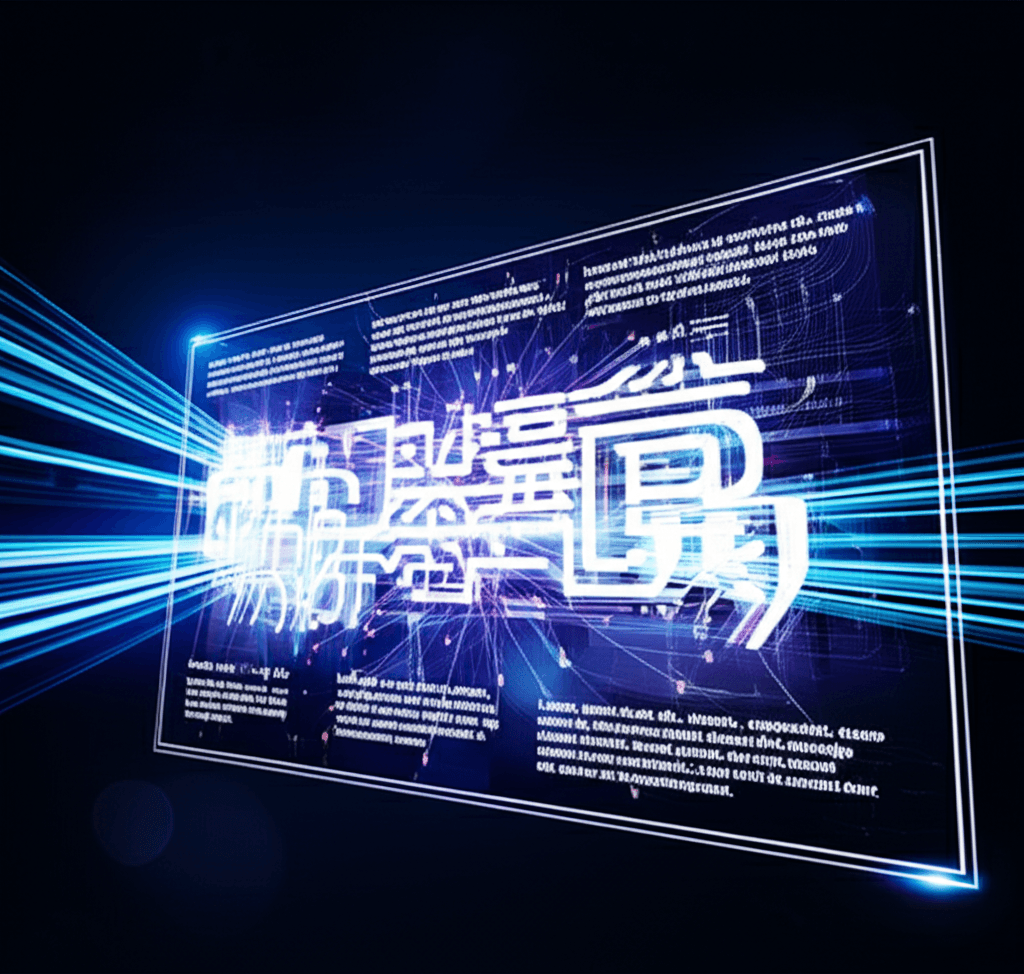Alibaba's Qwen-Image Masters Text in Images, Solves Major AI Challenge
Alibaba's open-source Qwen-Image conquers AI's biggest image challenge: embedding clear, accurate text with precision.
August 6, 2025

Alibaba has entered the competitive field of generative artificial intelligence with Qwen-Image, a powerful 20-billion-parameter model that demonstrates significant progress in a notoriously difficult area for AI: rendering clear and accurate text within images.[1][2] This new open-source model not only excels at generating diverse and high-quality images but also provides a robust solution for creating complex visual content with embedded text, a capability that has broad implications for industries ranging from advertising and design to e-commerce.[3][2] The release of Qwen-Image, part of Alibaba's broader Qwen (Tongyi Qianwen) series of models, signals a major advancement in multimodal AI, combining sophisticated language understanding with powerful image generation to tackle a challenge that has persistently troubled its predecessors.[4][5]
At its core, Qwen-Image's strength lies in its specialized architecture, which is comprised of three key components working in concert.[6][1] It utilizes Qwen2.5-VL, a sophisticated multimodal large language model, to interpret the nuances of complex text prompts.[1][7] This is paired with a Variational Autoencoder (VAE) that is specifically trained to handle high-resolution layouts and preserve the fine details of text and a Multimodal Diffusion Transformer (MMDiT) that generates the final image.[6][7] A unique feature of this architecture is a novel positional encoding scheme called Multimodal Scalable RoPE (MSRoPE), which helps the model distinguish between the image and text modalities, preventing the common issue of text "bleeding" into or being distorted by the surrounding visual elements.[6][7] This intricate system allows Qwen-Image to generate images with multi-line text, paragraph-level semantics, and even intricate details in both English and Chinese, a significant leap forward for logographic languages which have been particularly challenging for AI models.[8][3]
The development of Qwen-Image was underpinned by a meticulous and progressive training strategy. Alibaba's team employed a curriculum learning approach, starting the model with basic image generation and gradually introducing more complex text rendering tasks.[7][9] This incremental process, moving from simple captions to paragraph-level descriptions, substantially enhanced the model's ability to handle a wide variety of textual inputs.[7] The training data was also carefully curated, with a balanced mix of natural scenes, design content, and portraits.[1] Notably, the team created its own synthetic dataset for text-heavy images and deliberately excluded images generated by other AI models to avoid inheriting their flaws.[1][9] This focus on high-quality, controlled data, combined with seven rounds of filtering to remove imperfections, has been crucial to the model's success in producing coherent and contextually appropriate text within its visual creations.[6]
In terms of performance, Qwen-Image has set a new standard, particularly for open-source models. It has achieved state-of-the-art results across a range of public benchmarks for both general image generation and editing, including GenEval, DPG, and OneIG-Bench.[8][3] Where it truly shines, however, is in text-rendering-specific evaluations like LongText-Bench and ChineseWord, where it significantly outperforms existing models.[8][3] While some users note that proprietary models like OpenAI's GPT-image-1 may still have an edge in strict prompt adherence for highly complex, non-text-based requests, Qwen-Image is the top-ranked open-source model on the AI Arena leaderboard, which relies on human judgment, and trails only Imagen 4 Ultra.[6][10] Its ability to handle multilingual content, seamlessly switching between Chinese and English within the same image, represents a substantial breakthrough.[8][11] This capability extends to various practical applications, from generating detailed movie posters and product mockups to creating complex diagrams and information slides with accurate text.[3][12][2]
The implications of Qwen-Image's capabilities are far-reaching. By open-sourcing the model under an Apache 2.0 license, Alibaba is enabling developers and businesses to freely build upon and integrate this technology into their own applications, even for commercial use.[13][9] This move is poised to accelerate innovation in areas like marketing, where creating visually appealing advertisements with specific taglines is crucial, and in graphic design, where the automatic generation of text-heavy layouts can significantly streamline workflows.[5][2] The model also supports a wide array of image editing functions, including style transfer, object manipulation, and even character pose adjustments, all while preserving semantic meaning and visual realism.[8][3] As the technology continues to evolve, the ability to generate and edit images with precise textual control will become increasingly vital, and Qwen-Image has positioned itself as a foundational tool in this new era of visual content creation.[2] Its release not only challenges the dominance of closed-source competitors but also fosters a more open and collaborative AI ecosystem.[8][14]
Sources
[2]
[5]
[6]
[7]
[8]
[10]
[11]
[12]
[13]
[14]